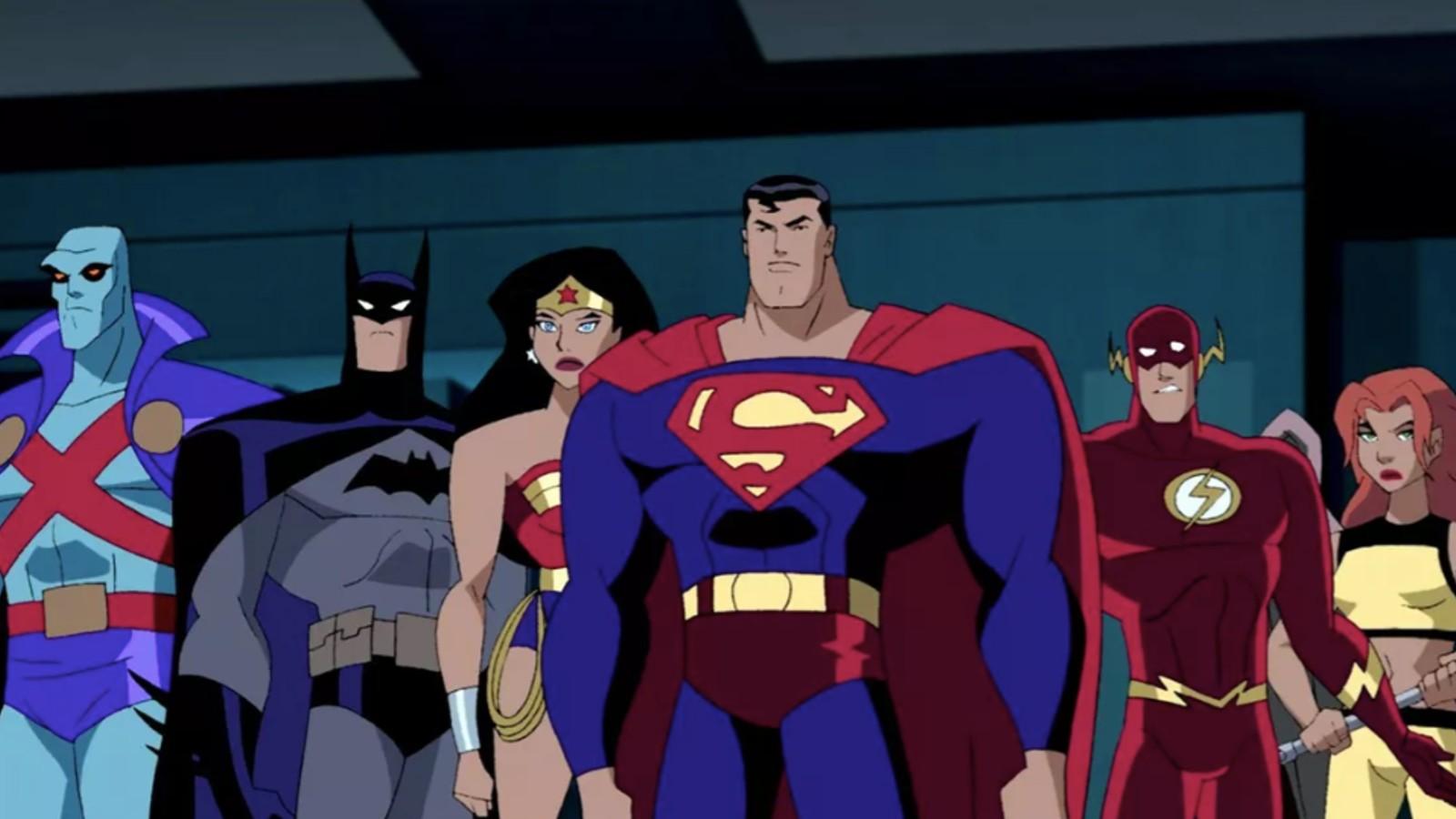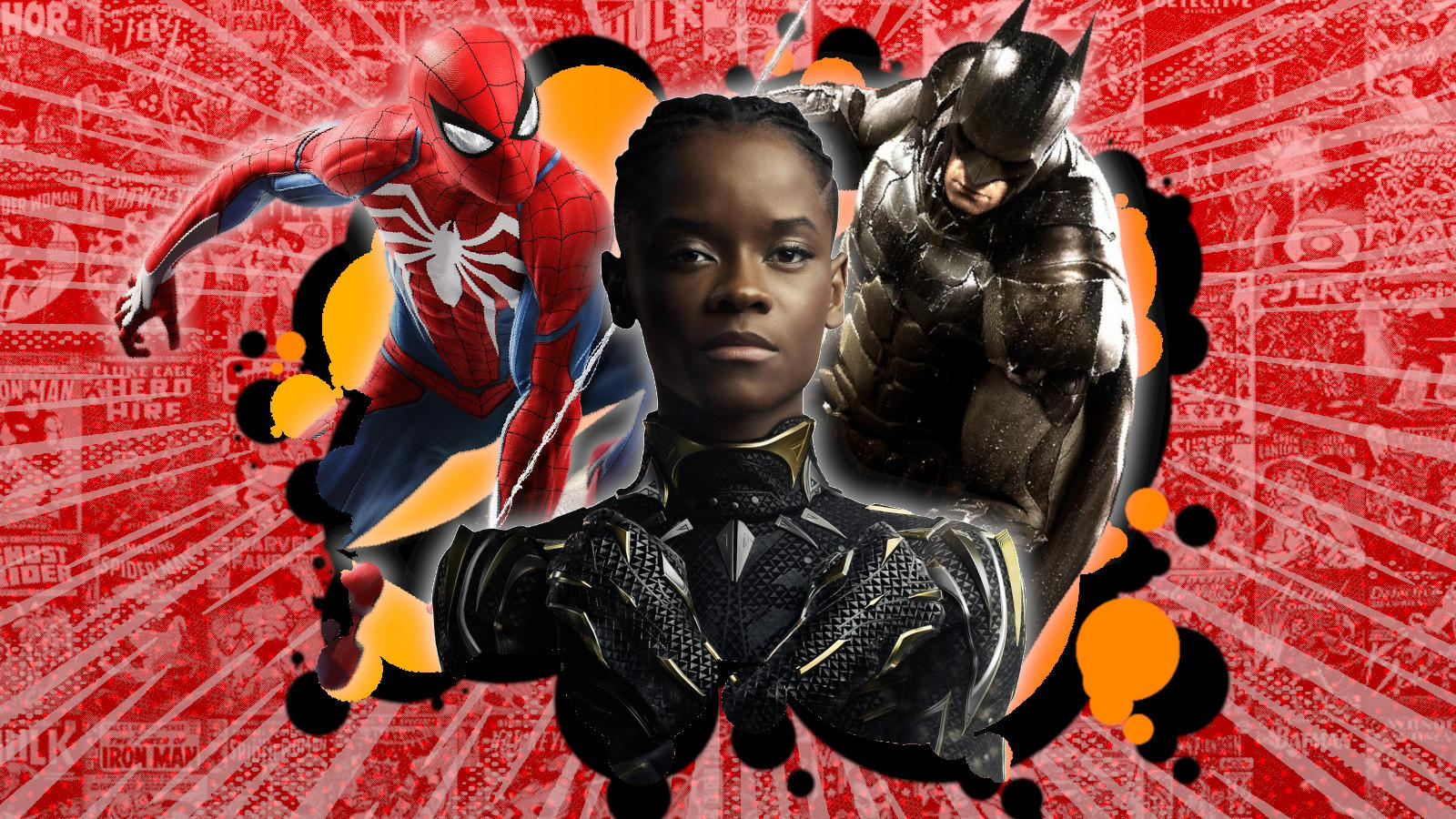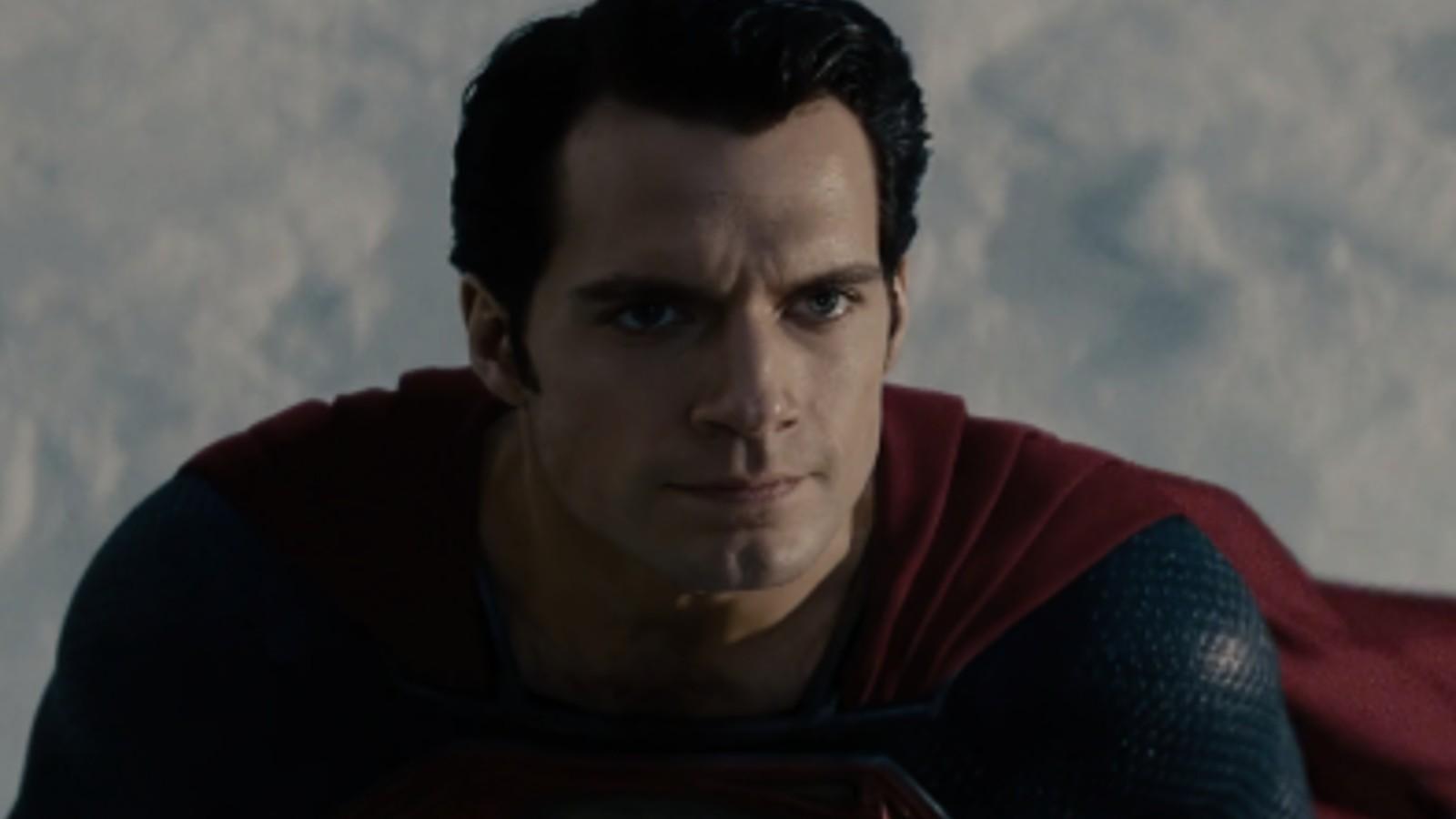How The Flash betrays Gal Gadot’s Wonder Woman
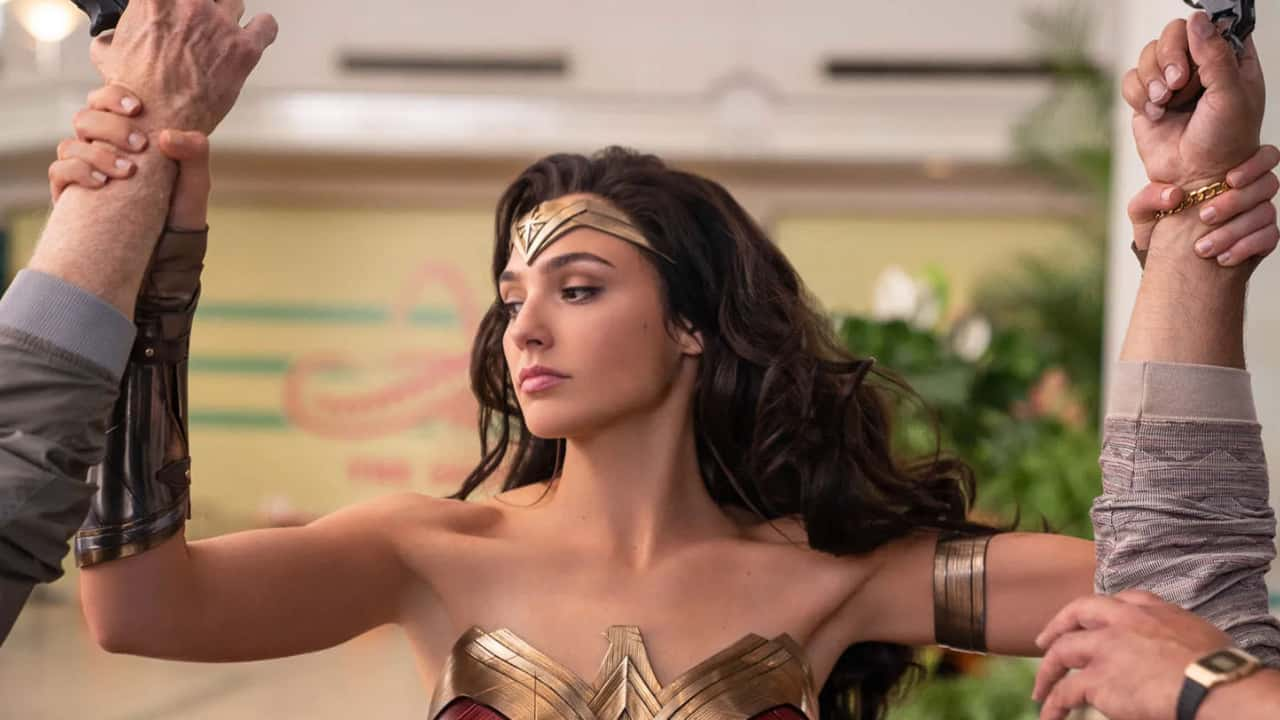 Warner Bros
Warner BrosThe DC Extended Universe’s depiction of Wonder Woman hasn’t been perfect. Since the Themyscira native debuted in the Zack Snyder-directed Batman v Superman: Dawn of Justice – introduced with her own distinctive and powerful Hans Zimmer/Junkie XL theme music – she’s had her ups and downs in terms of representation.
Indeed, her very first appearance as Diana Prince in Batman v Superman elicits a remark from Bruce Wayne about the dress she’s wearing. Doesn’t he know you should never judge a woman for her outfit choices? He does exactly that. “I bet with that dress nine out of ten men would let you get away with anything,” says Batfleck. He goes on to say he’s known a few women like her and can see through the “babe-in-the-woods act”.
Bruce should know better. Perhaps he’s just trying to get her hackles up. But what he’s doing on the surface is saying that she looks sexy in the dress, and that she’s purposely dressed that way in order to manipulate.
Objectifying Wonder Woman
While the aim of this exchange might be to address misogyny – with Bruce exhibiting it and Diana rebutting it – at the same time, it has the effect of objectifying Diana, because you can’t escape the male gaze of the camera. Neither can you ignore the fact that by giving voice to Bruce’s thoughts, it endorses reducing, stereotyping, and condemning women. Bruce’s comments are a step away from victim-blaming a woman for sexual assault.
There’s also an assumption inherent here that we all think she’s hot, with the film acknowledging it. The better move would have been not to discuss the character’s ‘choice’ of clothing (in actual fact, it’s the choice of the filmmakers), appearance, or effect on men at all. It’s just not relevant, and it’s a backward move. The men of the DCEU – including Ben Affleck’s Batman, Jason Momoa’s Aquaman, and Ezra Miller’s Flash – don’t get anything like the same treatment. It’s misogyny in action.
This moment marks the first time we meet Diana Prince in the DCEU and it sets her up for comments like this to come further down the line. Highlighting misogyny, yes – for audience members who are savvy enough to see it – but also subjecting her to repeated objectification. Culminating in the most recent infraction against her in The Flash.
So what happens in The Flash?
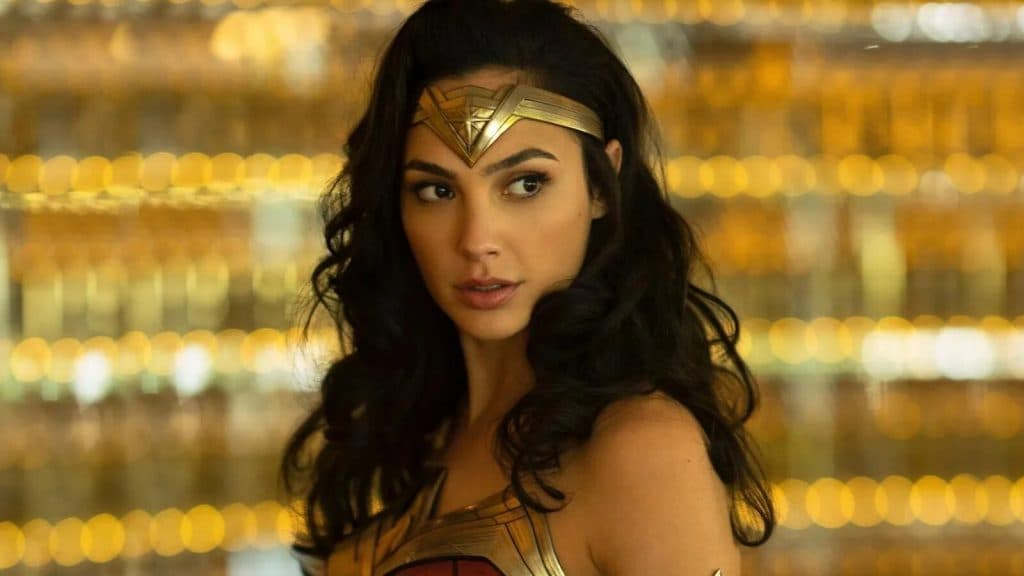 DC
DCWonder Woman’s most recent cameo in The Flash shows that we haven’t, in fact, come very far at all. That’s depressing – particularly following two solo outings for the character directed by a woman: Patty Jenkins’ Wonder Woman (2017) and Wonder Woman 84 (2020). In those films, there is a move away from objectification and towards crafting a more rounded character.
In The Flash, Wonder Woman has a fleeting cameo. And yet, in the moment when director Andy Muschietti could have done anything else with her, he chooses to make her an object of lust.
First of all, there’s an upskirt shot, as if they’ve learned nothing from the furore surrounding Justice League. Then, under the influence of the Lasso of Truth, Barry Allen (aka The Flash), appears flustered and can only talk about sex in Wonder Woman’s presence – albeit to say, “I know sex exists, I’ve just never experienced it.” Concealed as a joke about Barry’s lack of sexperience, it’s actually icky and a way of – yet again – objectifying Wonder Woman.
And despite the strides made in Patty Jenkins’ films, those depictions are ignored in favour of bringing the DCEU’s view of the Amazon princess full circle.
Et tu, Aquaman?
The Lasso of Truth has been used before to implicitly give voice to the things we’re all presumed, or even encouraged, to be thinking. Jason Momoa’s Aquaman is creepy AF when his inner monologue is wrangled via Wonder Woman’s glowing lariat in Joss Whedon’s 2017 version of Justice League.
When Aquaman is assessing each of the Justice League members, he tells Bruce: “You’ve got no powers, no offence”. He says Cyborg might be working for the enemy, and tells The Flash “you’re tripping over your feet (and mine)”.
Then, he turns to Wonder Woman, looks her lasciviously up and down, pauses, and says “Ooof, you’re gorgeous… and fierce and strong and mmm”. He grunts, like he wants to have sex with her. It’s then that they realise he’s been sitting on the Lasso of Truth. This doesn’t make it better – indeed, it’s used as a legitimate reason in the film to objectify her.
Flash in the Shazam!
The Flash has sex on his mind in Wonder Woman’s presence in the new film, but he has previous. Barry was seen perving over her in Zack Snyder’s Justice League when he and Cyborg are exhuming Superman’s body. “Wonder Woman!” exclaims Barry, agog. “What do you think, you think she’d ever go for a younger guy?”
To compound all of this, The Flash moment comes just three months after the sequel Shazam! Fury of the Gods did similar to Wonder Woman during the cameo she popped up in at the end of the film.
Zachary Levi’s Billy Batson is rendered a gibbering mess in the scene, so distracted is he by his sexual feelings towards Wonder Woman, telling the Amazon warrior that they’re not technically related just because her father’s power courses through him; that he’s going to be 18 in 5 months – and therefore will be deemed an adult, just hitting the legal age of consent in some states. He signals the ‘call me’ gesture to her. She smirks.
The Flash moment coming so soon after the hash Shazam! Fury of the Gods made of Wonder Woman’s cameo is a disappointing signal that there’s little understanding of who this version of Wonder Woman should be, and little understanding of the need to depict women in a more considered way. We should all feel let down by the fact that once again, one of the DCEU’s (male) directors has treated the character in this way. For Wonder Woman, at least, a reboot of the character will be welcome under the new guard of James Gunn and Peter Safran. Let’s hope they can bring a respectful handling of Wonder Woman back into play, and build on what Patty Jenkins’ movies did right.
Patty Jenkins’ Wonder Woman
The way Wonder Woman and her fellow Amazons are depicted in Patty Jenkins’ movies is flawed but at least it does tend to focus on her attributes as a warrior and also foregrounds some of her feminine traits. Both wins. She might not have much of a sense of humour – another issue that plagues women on screen – but at least there’s more to her than her beauty, which the films make sure they highlight.
She’s given a love interest in Chris Pine’s Steve Trevor who she pines for, which is a mark against. Not just because of pandering to the notion that women aren’t complete without a man, but also because he’s kind of an ordinary guy – this smacks of wish fulfillment for ordinary Joes everywhere.
In the Wonder Woman films, Diana Prince is characterised through a feminist-tinted lens, positioning her, like many other Hollywood movies that put women in starring action roles, as not just a young, good-looking woman but also one that can kick ass. She excels elsewhere too – she’s intelligent, caring, and cultured to boot. But she’s not funny. On the whole, beautiful women can be kickass and even all of the above – but they can’t be funny, too, unlike their male counterparts.
James Gunn has proven in Guardians of the Galaxy’s Mantis that he’s capable of making this a thing, and it would be great to see him transfer this knack if not to Wonder Woman, then at least to another major woman superhero within the DCU.
Still a way to go
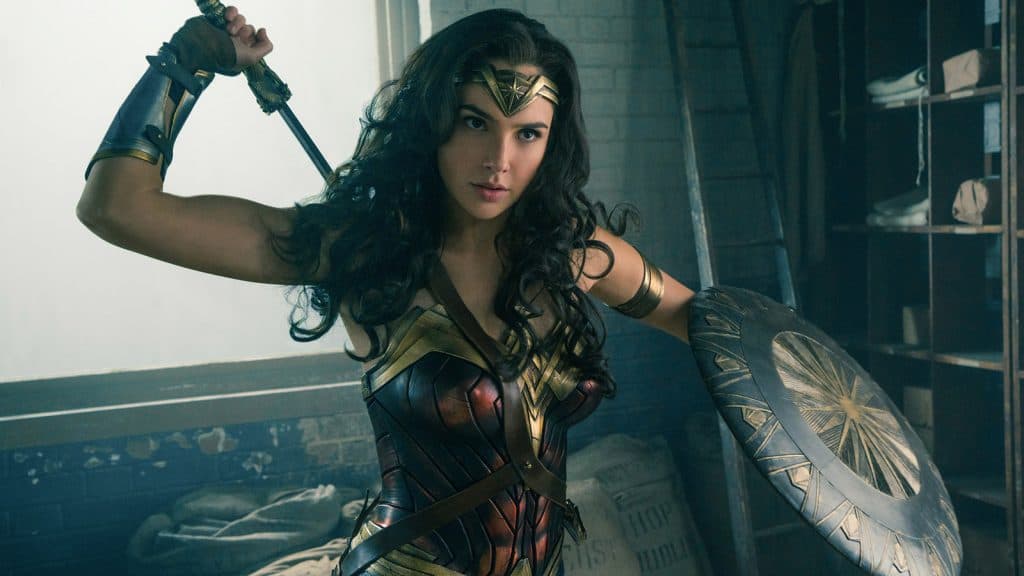 Warner Bros.
Warner Bros.The unifying factor among superhero women is that they are deemed attractive. Hollywood still has a way to go before it’s putting other female body types and faces front and centre. What’s happening here is the messaging that beautiful women can be other things too. Which is true, and certainly one that Hollywood, and by extension society, still needs to get to grips with.
But what it neglects to do is convey the message that so can women who don’t fit Hollywood’s narrow definition of beauty. It never promotes the idea that women who don’t fit the historically narrow definition of attractiveness can be deemed beautiful too. At least, not without provisos like “She’s beautiful on the inside”.
For now, though, we’ll celebrate where there’s progress – we’re thankful that Patty Jenkins’ depiction of Wonder Woman avoids the kind of upskirt shot included here and in both Zack Snyder’s and Joss Whedon’s versions of The Justice League, in which the camera looks up and lingers right between Wonder Woman’s legs. She’s wearing the controversial skirt that fans took to social media to denigrate because of its skimpiness.
Flash, we’re so disappointed in you for perpetuating this nonsense. Nobody’s constantly perving over Superman, or Batman, or Aquaman. So just stop it.
For more on the The Flash, check out the below articles:
The Flash review | | Best Easter Eggs | Where’s Wonder Woman? | Everything we know about The Flash 2 | Who is General Zod? | Full Cast: Characters and Actors | Is Nic Cage in The Flash? | Flashpoint explained | Who are Albert Desmond and Patty Spivot? | Barry Allen x 2 | How many Batmans are in The Flash? | Speed Force guide | Who is Dark Flash? | Story of Superman Lives | Secret villain revealed? | Supergirl explained | Who does in The Flash? | Ending explained | Is Aquaman in The Flash? | The Flash budget | Soundtrack and songs | Is Superman in The Flash? | Post-credits scene explained |

